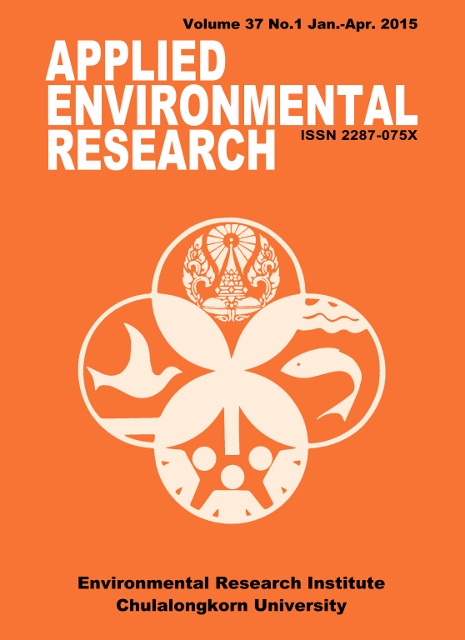Evaluation of Chemotherapy Contamination Following the Implementation of Closed System Transfer Devices
Main Article Content
Abstract
This study compared the contamination of the chemotherapeutic agent cyclophosphamide between using a conventional admixing procedure and closed system transfer devices (CSTDs). Surface wipes and urine samples were collected for two weeks before and two weeks after the CSTDs were used. The surface wipe samples were collected from critical areas in an aseptic dispensary unit and a chemotherapy patient care unit. The urine samples were collected from healthcare workers. Contamination from cyclophosphamide in the surface wipe samples was detected in fewer areas following the implementation of CSTDs. The median cyclophospha-mide concentration in aseptic dispensary unit areas following the usage of CSTDs was significantly lower than what was detected when the conventional method (p = 0.036, Mann-Whitney’s U-test) was used. Cyclophosphamide contamination was not detected in critical areas of the patient care unit following the use of the CSTDs. This study demonstrates the potential advantages of utilizing CSTDs to reduce contamination from chemotherapeutic agents in a work setting.
Article Details

This work is licensed under a Creative Commons Attribution-NonCommercial 4.0 International License.
Published articles are under the copyright of the Applied Environmental Research effective when the article is accepted for publication thus granting Applied Environmental Research all rights for the work so that both parties may be protected from the consequences of unauthorized use. Partially or totally publication of an article elsewhere is possible only after the consent from the editors.

